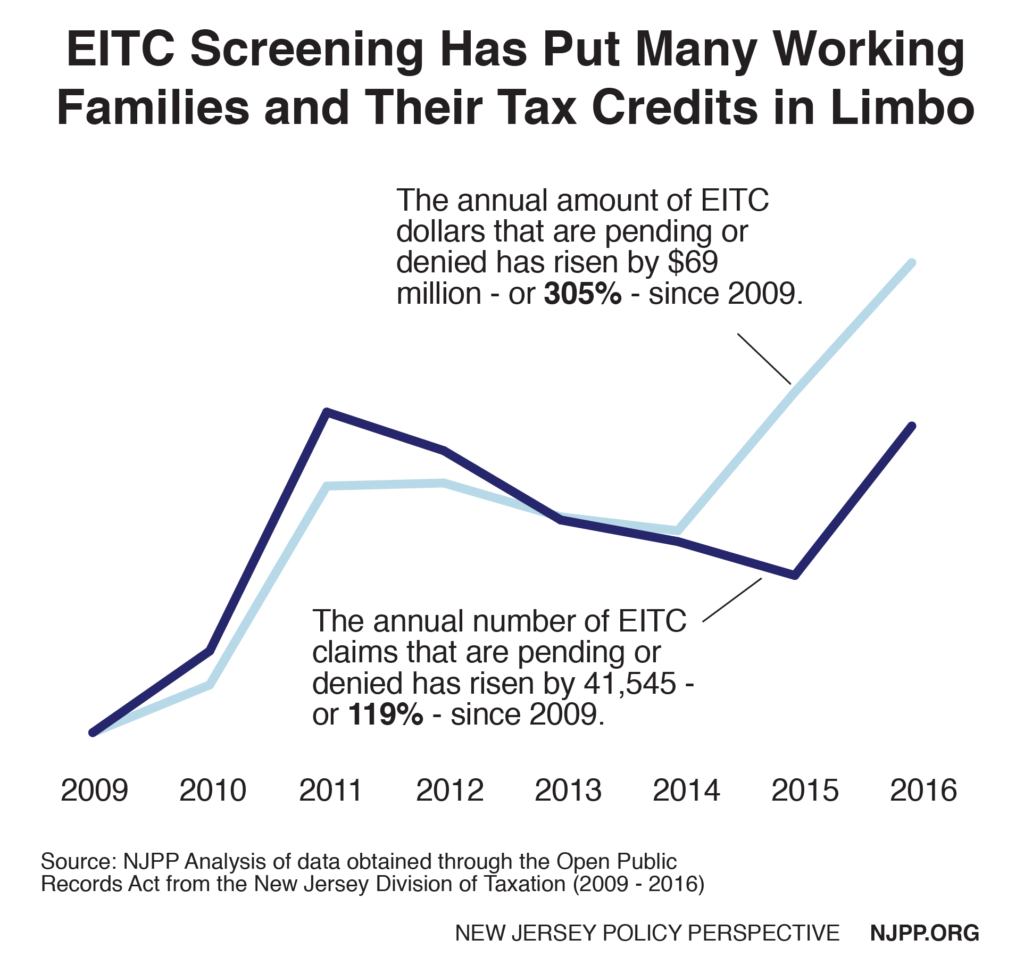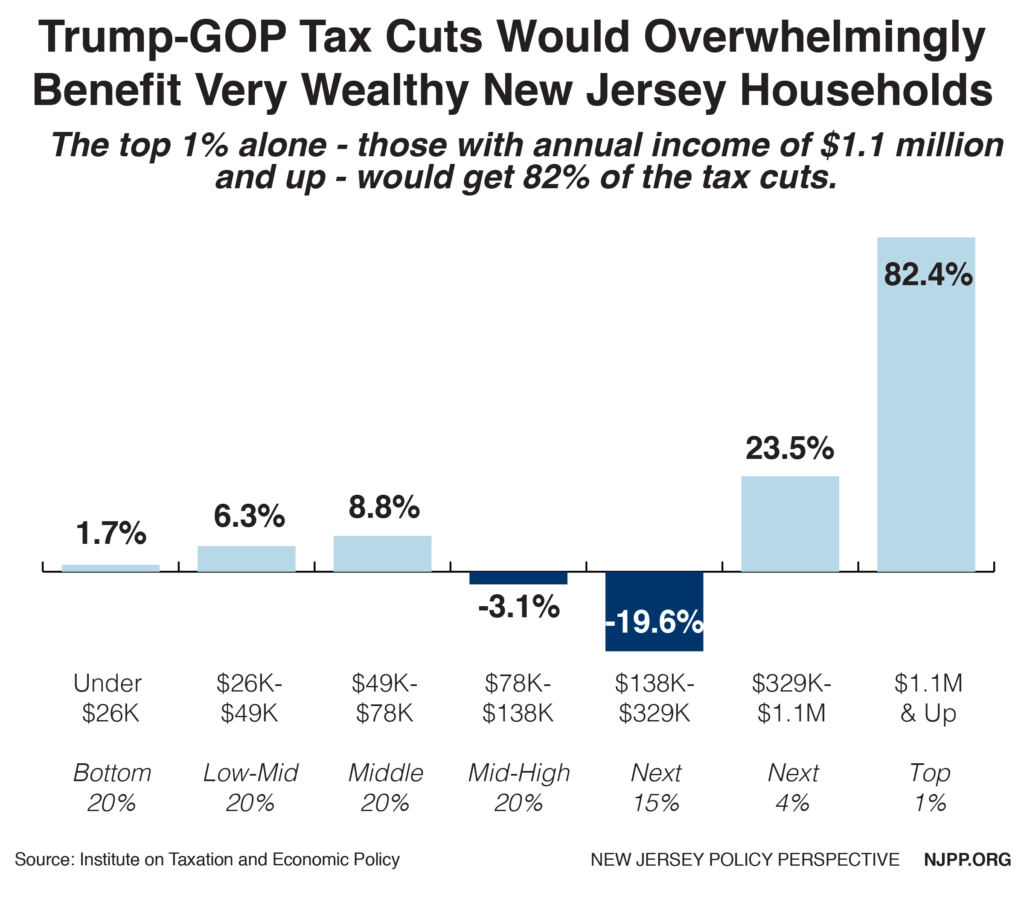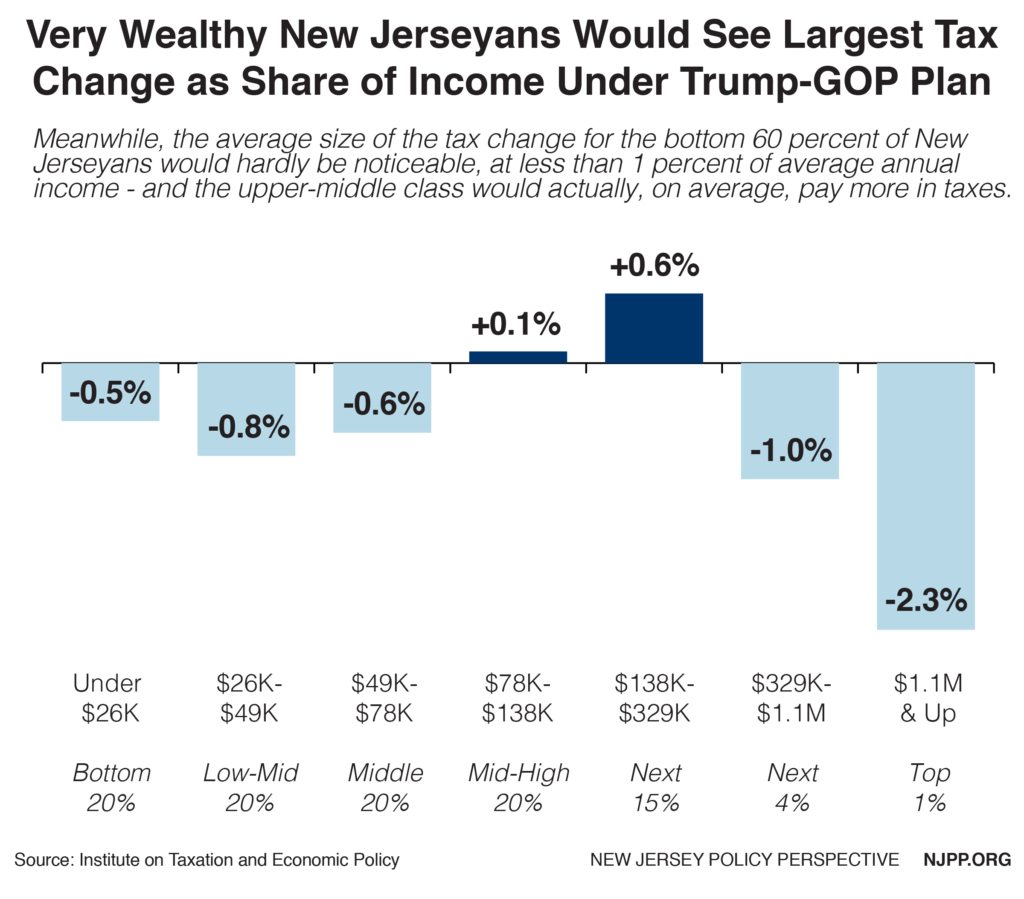This op-ed was published in the October 31 edition of NJ Spotlight.
The book a friend mentioned as riveting was published in 1958. Your 4-year-old loves stories and playing with her peers, but you’re new to the neighborhood. You keep hearing about how helpful yoga is, but have never tried it. The story is your great uncle fought in the Korean War – or did he? How did Elijah Stoner build that nice house downtown in 1820? Your kid wants to learn chess, but you’re no good at it. Or how about a safe, fun place to celebrate Halloween?
To find satisfaction on these and thousands of other quandaries, New Jerseyans made about 45 million trips to their local public libraries last year. In fact, every single day over 120,000 people visit a New Jersey library. Some went to check out books or facts; others to look for jobs and better economic opportunities; others to hear lectures or discuss books; and still others to take part in civic community-building. The range of services and events across the state is vast. Yet despite their importance to our communities, New Jersey’s libraries are in need of a little TLC.
That’s where you come in. On November 7, you can help update and modernize the state’s public libraries by voting “yes” on Question 1. If approved, the Library Construction Bond Referendum will authorize $125 million to fund renovation, modernization and construction projects at libraries across the state. The dollars would go to local libraries in the form of grants that will provide 50 percent of the funds required for construction and renovation projects, with the balance being matched by the libraries themselves.
Public libraries are community-gathering places that have transformed themselves to accommodate a changing society and electronic communications. Yes, you can still check out a book (or a CD), ask for guidance from the reference librarian, hold a meeting, attend a discussion group or story hour or hear from a local author, but public libraries have adapted to new demands and needs. Some libraries offer computer classes in Spanish and ESL classes to assist our growing Latinx population. What has not changed is the uniform courtesy and helpfulness of librarians or the quiet, welcoming atmosphere.
However, the transformation is not complete and much more needs to be done. There are 420 public libraries in New Jersey, ranging from 4 in Salem and Cumberland counties to 62 in Bergen. Most offer hours to match residents’ busy schedules, but many have had to reduce hours because of municipal and county budget cuts (one branch library in Cape May is now open only 4 hours per week; Princeton’s is open 75 hours).
In many libraries wifi and high-speed internet connections are available, but half of New Jersey’s libraries need to upgrade their electrical systems to accommodate better computer access. Many municipal libraries were built early in the 20th century and 40 percent are not yet accessible to the disabled under the Americans with Disabilities Act. To be accessible to all, some older libraries need to install elevators and make interior spaces more accessible. And a New Jersey Library Association survey this year found that about half of libraries have outgrown existing space and need help to expand.
Approval of Question 1 would help with all of these improvements, helping to update and enhance public space and buildings; make libraries more accessible and spur innovation.
In this increasingly contentious atmosphere, libraries remain one of the last vestiges of the public sphere. The importance of New Jersey’s libraries is not in doubt. But their future is. Let’s all take a step to ensure our libraries have a better chance at continuing to grow with our state and our society by voting “yes” on Question 1.




